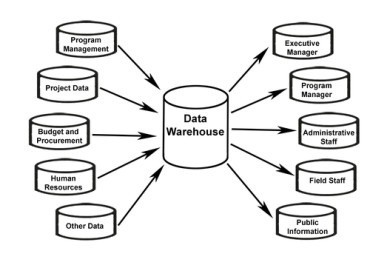
While the algorithm will only be used for research in the near future, the team sees its clinical potential for hospitals with limited radiologists.
A team of researchers from the University of Cambridge and Imperial College London have developed an AI algorithm that can successfully detect different types of brain injuries.
Hospitals are inundated with patients suffering from head injuries, which affect about 60 million people each year. The process of identifying the injury can take hours, as a radiologist needs to analyze the CT scan to determine if surgery is required.
SEE ALSO: AI-Powered Tech by Qure.ai Looks Brainy on CT Scans
“Detailed assessment of a CT scan with annotations can take hours, especially in patients with more severe injuries,” said Cambridge’s Department of Medicine professor, Dr. Virginia Newcombe.
“We wanted to design and develop a tool that could automatically identify and quantify the different types of brain lesions so that we could use it in research and explore its possible use in a hospital setting.”
The researchers fed the algorithm 600 different CT scans, showing all types of brain injuries. It was then able to classify different parts of the brain and determine if there was an injury, using a larger data set.
The results were published in The Lancel Digital Health.
Using AI To Reduce Hospital Wait Time
While the algorithm will only be used for research in the near future, the team sees its clinical potential for hospitals with limited radiologists. The AI could also be deployed as a way to sift through cases, as less than 15 percent of people with brain injuries have wounds that are visible on a CT scan.
“We hope it will help us identify which lesions get larger and progress, and understand why they progress so that we can develop more personalized treatment for patients in the future,” said Menon.
One of the key aims of the NHS for the past decade has been 95 percent of people getting discharged, admitted or transferred within four-hours, although the current government has attempted to scrap this target after failing to meet it.
Algorithms like this one could be of vital importance in hitting that target, as it could give quicker diagnostics of a patient and free up more hospital staff.



























